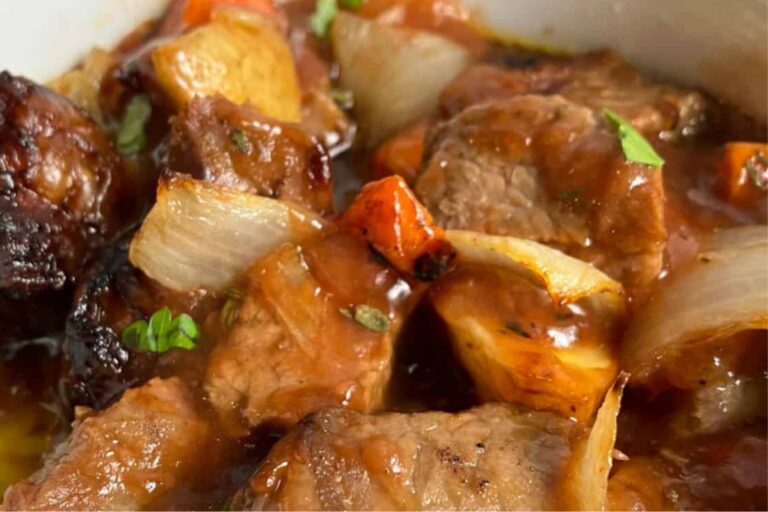15 Foods That Just Aren’t Worth the Price Anymore
As inflation rises and food costs soar, many of our favorite treats and staples have become increasingly expensive. Once affordable and accessible, these foods are straining our budgets, making us question whether they’re worth the splurge.
From gourmet items to everyday essentials, the escalating prices have transformed them from pantry staples to occasional indulgences.
Now, we explore 15 foods that, due to their skyrocketing prices, may no longer justify the cost. Whether you’re trying to save money or simply seeking alternatives, these insights can help you make more informed choices in the grocery aisle.
Avocados
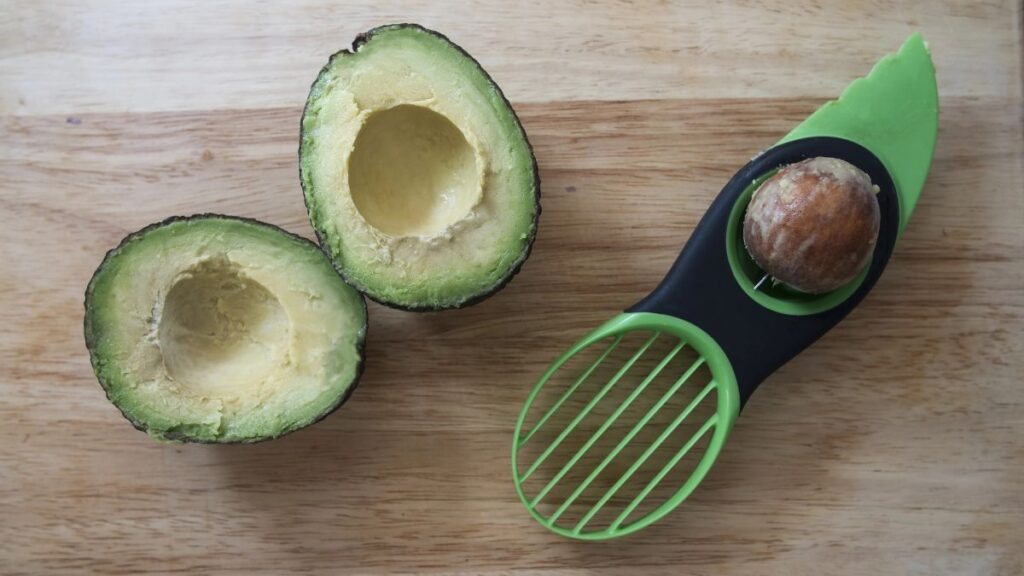
Once hailed as the crown jewel of superfoods, avocados have seen a significant price hike over the past few years. The creamy, nutrient-rich fruit is a staple in many diets, used in everything from toast to salads. However, fluctuating supply chains and increased demand have driven prices to an all-time high.
While avocados offer numerous health benefits, their cost now makes them a luxury rather than a daily staple. Many people are seeking cheaper alternatives for their healthy fat intake, and for those on a tight budget, avocados may no longer be the best bang for their buck.
Almonds
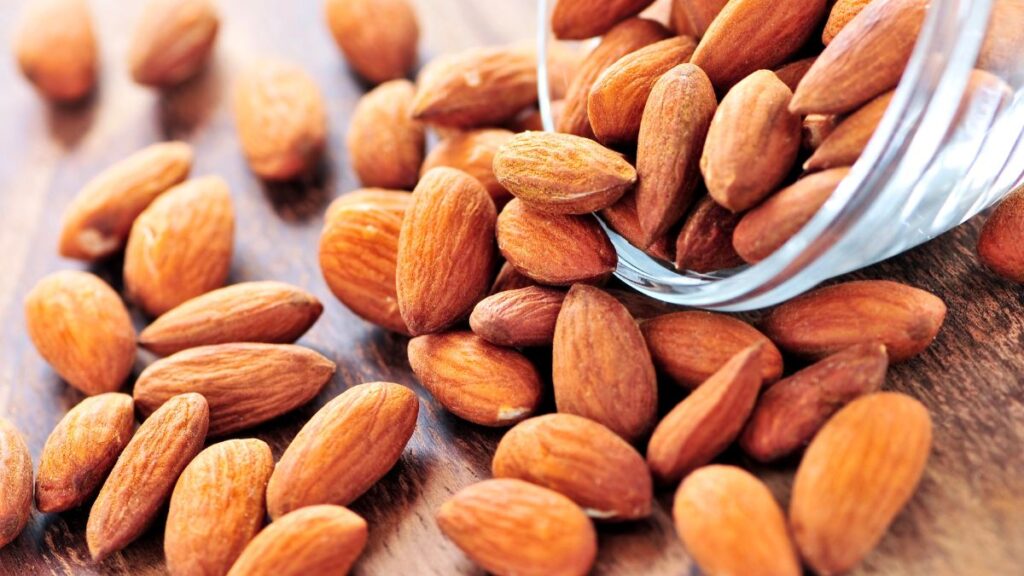
Almonds have long been celebrated for their nutritional benefits, including high protein levels, fiber, and healthy fats. However, the cost of almonds has surged, largely due to water scarcity and high production costs in major growing regions like California.
As a result, products made from almonds, such as almond milk and almond butter, have also become more expensive. While still a nutritious snack, the price of almonds might make them less appealing to budget-conscious consumers. Exploring other nuts, like peanuts or sunflower seeds, can provide similar benefits at a lower cost. Almonds, once a pantry staple, are now more of a splurge.
Beef
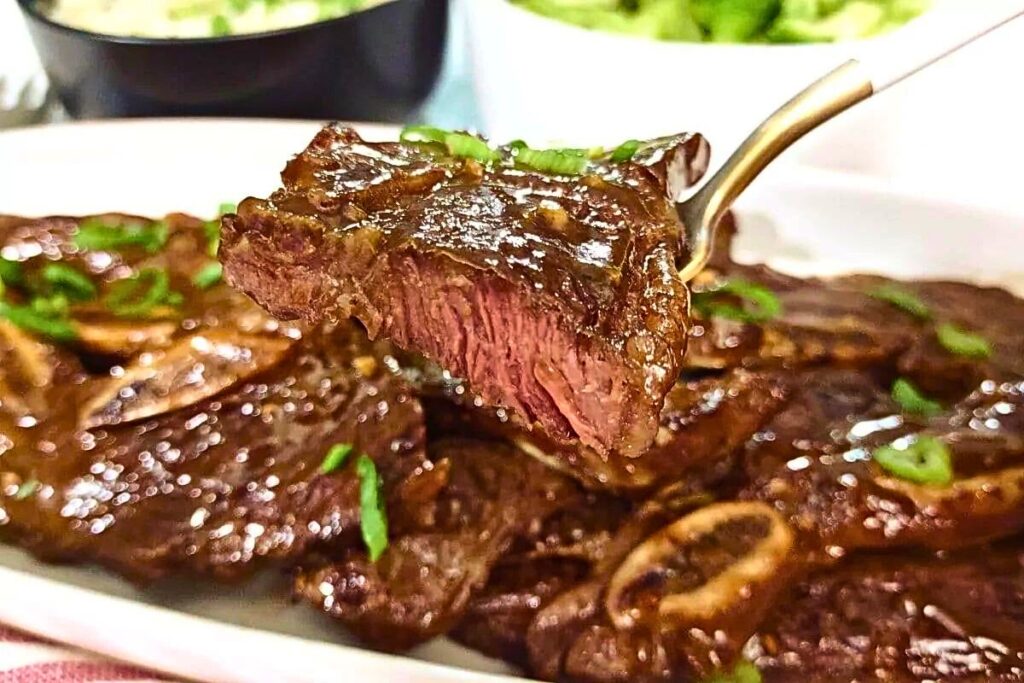
Beef prices have skyrocketed, making it a less affordable option for many families. Factors such as feed costs, droughts affecting grazing land, and supply chain disruptions have all contributed to the rising cost of beef. Steaks, roasts, and ground beef have become significantly more expensive, prompting consumers to reconsider their protein choices.
Alternatives like chicken, pork, and plant-based proteins are becoming more attractive for those looking to stretch their food budgets. While beef remains delicious and versatile, its high cost may make it less justifiable for everyday meals. The occasional steak dinner might become a special treat rather than a regular occurrence.
Salmon
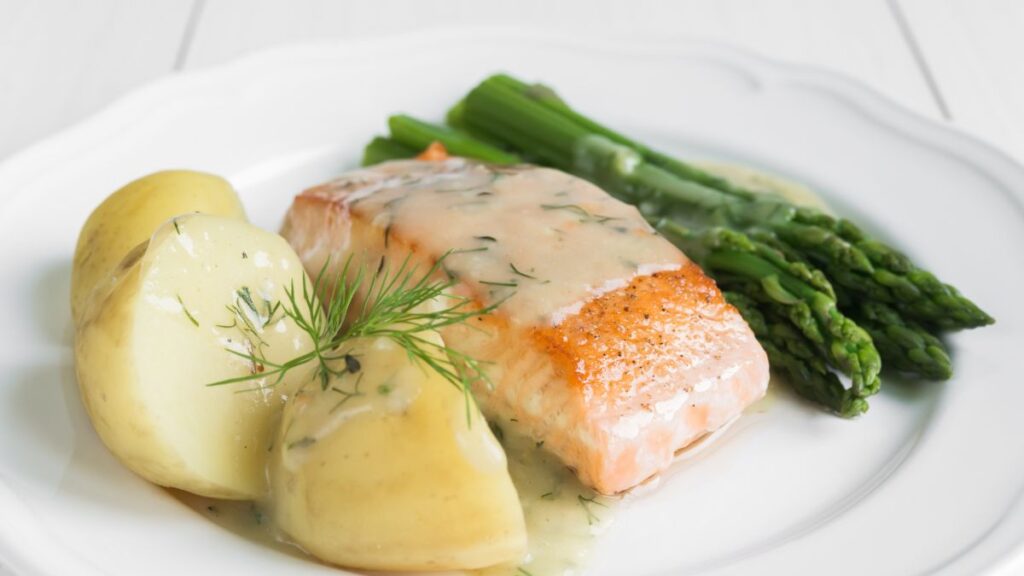
Salmon, once a go-to for healthy and delicious meals, has also seen a sharp increase in price. Overfishing, environmental factors, and the high cost of sustainable farming practices have all contributed to the rising cost of this popular fish. While salmon is packed with omega-3 fatty acids and other essential nutrients, the price can be prohibitive for regular consumption.
Cheaper fish options like tilapia, mackerel, and sardines offer similar health benefits without breaking the bank. While still a nutritious choice, salmon may be better reserved for special occasions. Finding budget-friendly seafood alternatives can help keep your diet varied and affordable.
Blueberries
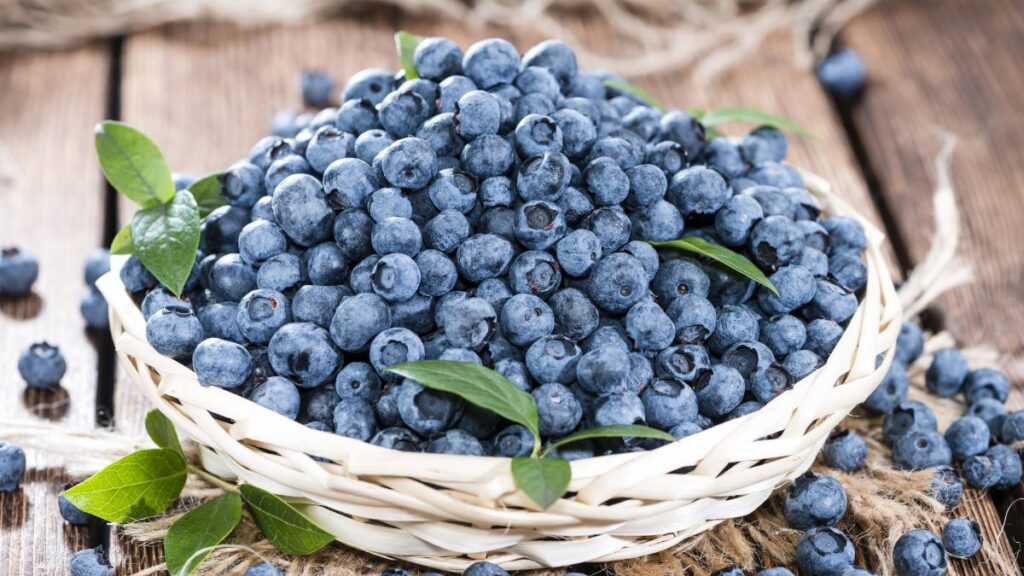
Blueberries are another beloved superfood that has become quite expensive. Known for their antioxidant properties and delicious taste, blueberries are a popular addition to smoothies, cereals, and desserts. However, issues like seasonal availability and labor-intensive harvesting have driven prices up.
While they remain a healthy option, the cost can deter regular use. Frozen blueberries often provide a more affordable and longer-lasting alternative. Other fruits, such as strawberries, apples, and oranges, can offer similar nutritional benefits at a lower price. Blueberries might be worth the occasional splurge, but they’re not as budget-friendly as they once were.
Coconut Oil

Coconut oil has gained popularity recently for its versatility and purported health benefits. Coconut oil has become a household staple in cooking, baking, and even skincare. However, the cost of coconut oil has risen significantly, partly due to its increased demand and the labor-intensive process of harvesting coconuts.
While it offers a unique flavor and various uses, the high price might make it less appealing for those watching their spending. More affordable cooking oils, like olive or vegetable oil, can often be suitable substitutes. Once a trendy must-have, coconut oil is now a pricier option that may only be worth the investment for some.
Quinoa
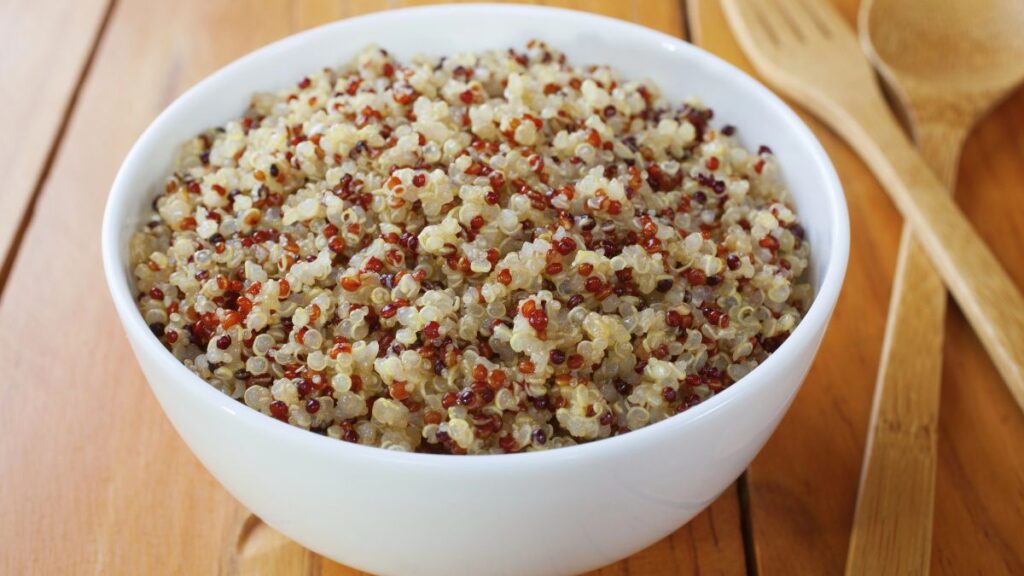
Quinoa, often touted as a super grain, has seen a price surge due to its growing popularity and limited production regions. High in protein and gluten-free, quinoa has become a favored alternative to rice and pasta. However, its cost has made it less accessible for budget-conscious consumers.
Cheaper grains like brown rice, barley, and bulgur can provide similar nutritional benefits without the hefty price tag. While quinoa remains a healthy and versatile option, it may no longer be the best choice for those trying to save money. Exploring other grains can help diversify your diet and keep your grocery bill in check.
Organic Produce
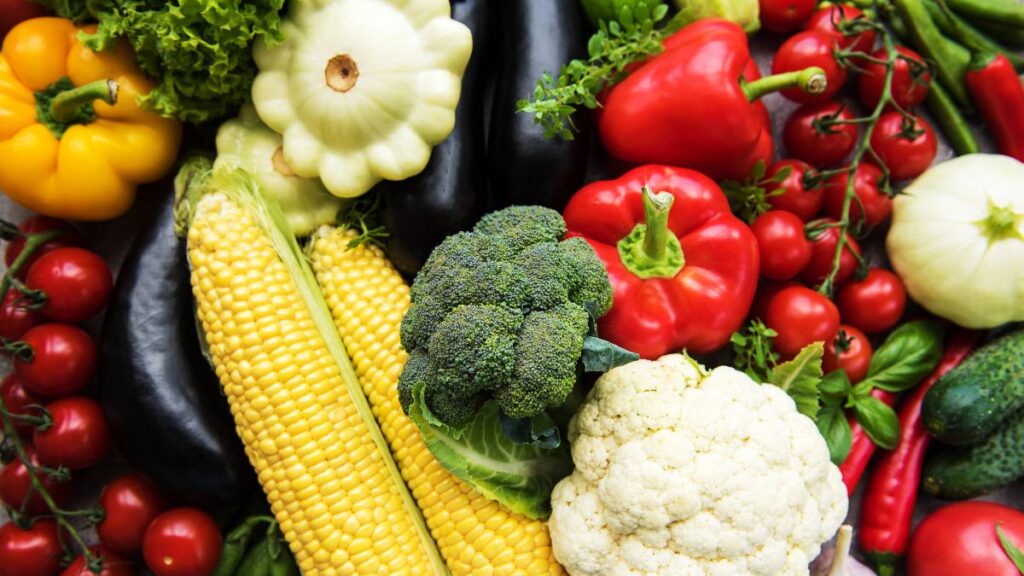
Organic produce is often preferred for its perceived health benefits and lower pesticide levels. However, the cost of organic fruits and vegetables can be significantly higher than their conventionally grown counterparts. Factors such as higher production costs, stricter farming practices, and lower yields contribute to the premium price of organic produce. While many people value the benefits of organic foods, the high cost can be a barrier for regular consumption.
Balancing organic and conventional produce based on the Environmental Working Group’s Dirty Dozen and Clean Fifteen lists can help prioritize spending. Organic produce, while beneficial, may not always be worth the extra cost for every item.
Cheese
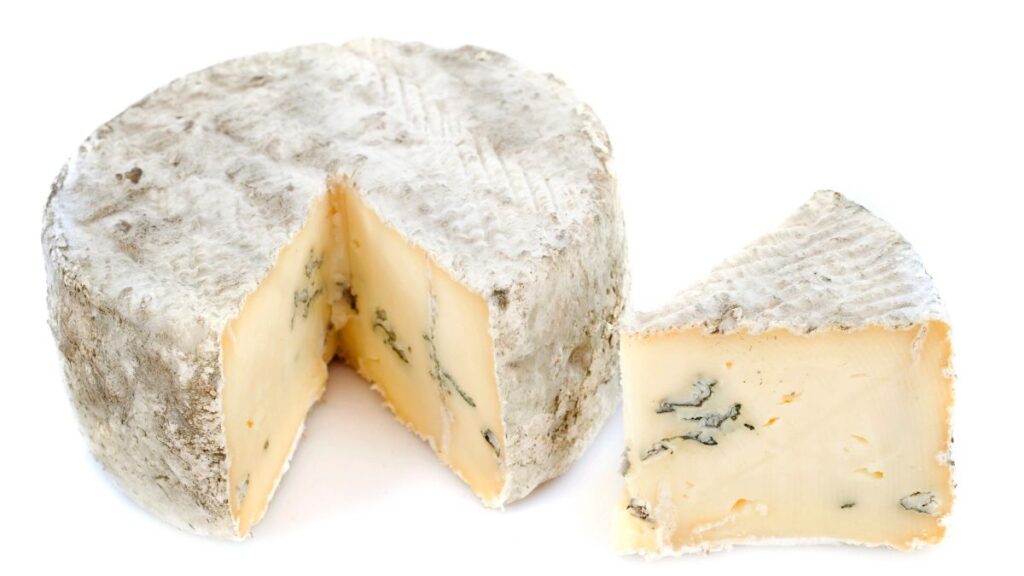
Cheese lovers have noticed a steep price increase for their favorite dairy products. The cheese cost has been driven up by increased feed costs for dairy cows, labor shortages, and transportation issues. While cheese is a delicious and versatile ingredient, the rising prices make it a less affordable option for everyday use.
Cheaper alternatives like plant-based cheeses or less expensive varieties can help manage costs. For those who enjoy high-quality cheeses, saving them for special occasions may be more practical. The escalating prices of cheese may make it a luxury rather than a staple in many households.
Olive Oil

Olive oil is a kitchen essential, prized for its health benefits and versatility in cooking. However, recent years have seen a sharp rise in the cost of olive oil, due to factors like poor harvests, increased demand, and production challenges. While it remains a heart-healthy choice, the high price can burden those on a budget.
More affordable alternatives like canola or sunflower can be used for cooking and baking. Olive oil, especially high-quality extra virgin varieties, may be best reserved for finishing dishes and special recipes. Balancing olive oil with other oils can help keep costs manageable.
Bacon

With its irresistible flavor and aroma, Bacon has become significantly more expensive. Factors such as rising feed costs, supply chain disruptions, and increased demand have driven up the price of this beloved breakfast staple. While bacon is delicious and versatile, the high cost may make it less appealing for regular consumption.
Exploring alternatives like turkey bacon or plant-based bacon can provide similar flavors at a lower price. For those who can’t resist the occasional bacon treat, savoring it in moderation might be the best approach. The escalating cost of bacon makes it more of a luxury than an everyday item.
Greek Yogurt

Greek yogurt has gained popularity for its high protein content and creamy texture. However, the cost of Greek yogurt has risen, making it a pricier option than regular yogurt. Factors such as the straining process, which requires more milk, and increased demand contribute to the higher price.
While Greek yogurt offers numerous health benefits, its cost can deter budget-conscious consumers. Regular yogurt or other protein-rich snacks can provide similar nutritional benefits at a lower cost. Greek yogurt, while nutritious, may no longer be the most economical choice for everyone.
Cashews
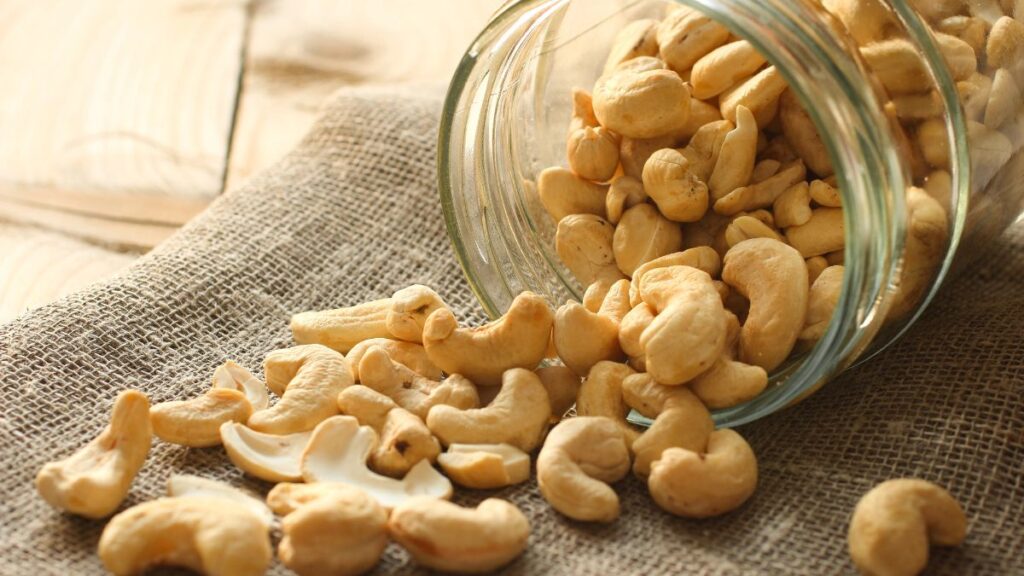
Cashews are a popular snack and ingredient known for their creamy texture and mild flavor. However, due to labor-intensive harvesting, climate challenges, and high demand, cashew prices have increased significantly. While cashews are nutritious and versatile, their cost may make them less appealing for regular use.
Cheaper nuts like peanuts or sunflower seeds can offer similar benefits without the high price tag. Cashews, once a go-to snack, might be best enjoyed occasionally. Finding more affordable alternatives can help manage costs while still enjoying a variety of nuts.
Maple Syrup

Maple syrup is a beloved natural sweetener, especially popular for pancakes and waffles. However, the cost of pure maple syrup has risen, driven by labor-intensive production and climate challenges affecting maple tree yields. While maple syrup offers a unique flavor and numerous health benefits, its high price can be prohibitive for regular use.
Cheaper alternatives like honey or agave syrup can provide similar sweetness at a lower cost. Using it sparingly might be the best approach for those who love maple syrup. The rising cost of maple syrup makes it more of a special treat than an everyday staple.
Vanilla Extract

Vanilla extract is a key ingredient in many baking recipes, and it is known for its rich and aromatic flavor. However, the cost of vanilla extract has skyrocketed due to factors such as poor harvests, high demand, and the labor-intensive process of cultivating vanilla beans.
20 Foods No One Can Afford Anymore Due To Inflation

With the ever-rising living costs, some foods have become luxury items that only the wealthiest can afford. From exotic delicacies to once-affordable staples, the price hikes have made certain foods out of reach for the average consumer.
20 Foods No One Can Afford Anymore Due To Inflation
15 Foods Only The Wealthy and Elite Can Eat Now

Culinary trends are constantly evolving, and some foods have become more than just sustenance—they’ve become status symbols reserved for the elite.



